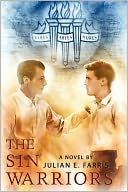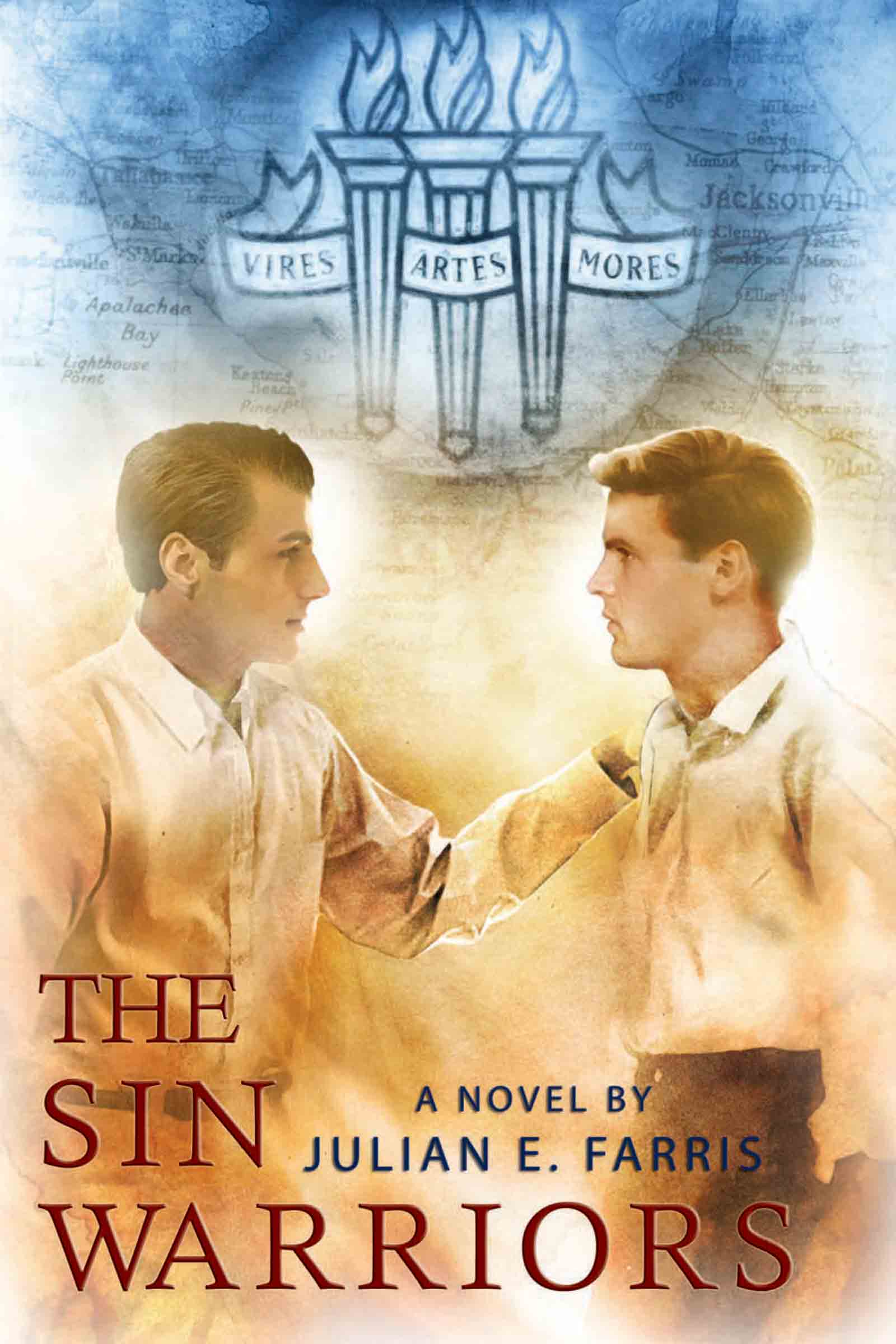 The Sin Warriors
The Sin Warriors
by Julian E. Farris
Lethe Press. 270 pages, $15.
THIS FIRST NOVEL by Julian E. Farris captures the anti-homosexual hysteria of the 1950’s and early 60’s. The activities of the Florida Legislative Investigation Committee (FLIC), whose mandate was to find “subversives,” including “homosexuals,” form the backdrop for this dramatic story about persecution.
The novel focuses on different characters by turns. First there’s Billy Sloat, a fictionalized Charley Johns, head of the Johns Committee, whose motivation for launching the witch hunt, in Farris’ account, can be found in his upbringing. Sloat is supported by his henchmen, a lawyer and a police investigator, who aid and abet his slide away from democratic principles and fair play. Sloat’s victims are also three-dimensional characters who (like Sloat) have been formed by childhood experiences, and who yearn for acceptance.
David Ashton, a college freshman, has survived an upbringing by an angry mother who won’t explain why David’s father seems unwilling to have any contact with David, although he sends him a birthday present every year. By the time David arrives at the state college, he has already experienced a broken heart when his “best friend” deserted him. David is ripe to discover a wider world of ideas, as represented by a popular humanities professor who becomes the mentor to a close-knit group of young male students. The “family” that Professor Lee forms with his protégés comes under Billy Sloat’s scrutiny as evidence of the cynical perversion of innocent youth in the guise of education. Yet the scenes of Professor Lee’s musical evenings with his “boys” evoke the wholesome joy of young adults coming to understand the world and their own place in it.
The Southern legacy of racial segregation, the influence of religious fundamentalism, the politics of social class, and the targeting of post-secondary schools as hotbeds of corruption by anti-intellectual bigots are all seamlessly woven into an absorbing plot about coming of age and learning to love in a dangerous time. This subject matter is the stuff of melodrama, but Farris handles it with understated skill. This novel is written in the realist style of the “problem novels” of the era in which it takes place; it is both of its time and beyond it.
The characters in this novel are more memorable than their circumstances. When David and the professor casually enter an obscure bar named the Stonewall Inn in New York, the belabored significance of this scene can be forgiven because of the implied promise that their lives will get better. These characters are resilient and easy to like. We want them to “come out” and live honestly, without fear. This novel is worth reading because it shows how far the social and legal status of GLBT people has come in approximately fifty years, from a time when sexual minorities were openly persecuted, sometimes to death, by every major institution.






